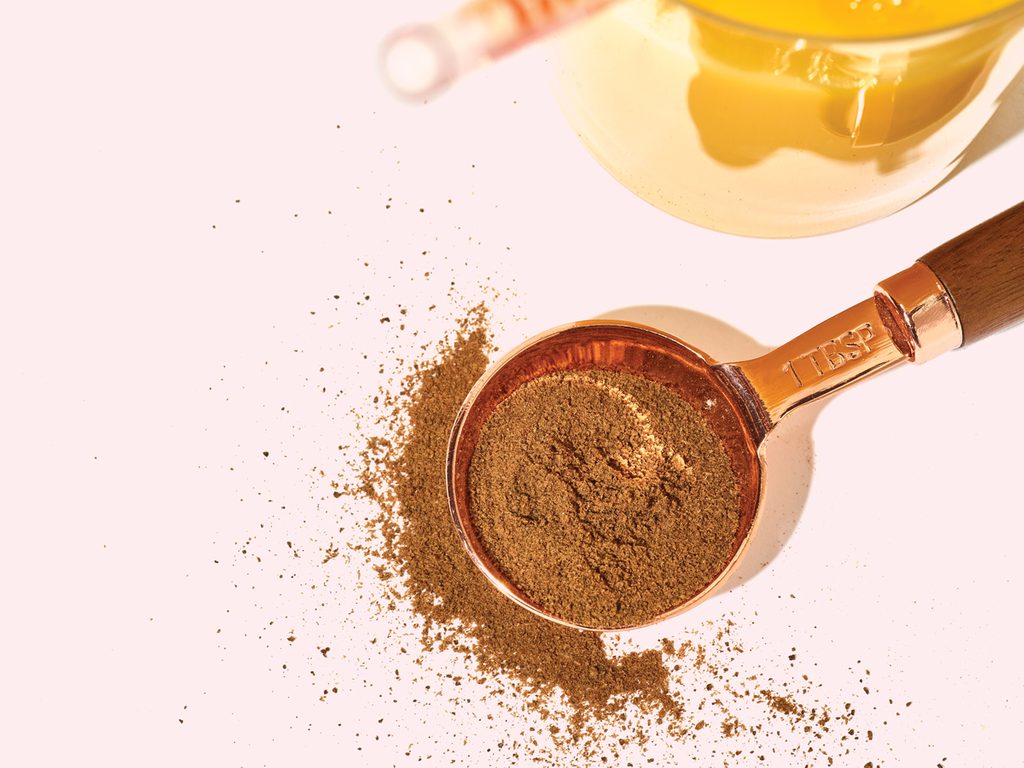Crickets Should Be a Pantry Staple If You Have Rheumatoid Arthritis

It's time to make space in your pantry for crickets. Yes, the bug.
If you’ve been reading my column in Best Health for any length of time, you know my jam (food pun 100 percent intended). I choose an ingredient and celebrate its awesomeness in my shameless attempt to convince you to not only give it a try but also make it part of your regular diet.
Since this is our annual food issue, I want to encourage you to think differently, which is why I present you with the crunchy, savoury, sustainable, gluten-free, paleo-friendly snack option of (drumroll, please) crickets. (Why do I now feel like this suggestion is being met by resounding silence with the odd chirp of a cricket?)
For most of us, the idea of crunching into a lightly salted, toasted cricket is beyond squirm-inducing.
But consider this: More than two billion people around the world electively eat insects. Entomophagy, the act of eating insects by humans, is relatively common among traditional cultures around the globe, from Australia and Asia to Africa and South America. North America’s in the minority on this issue.
I would normally get into the details of the ingredient I’m recommending and discuss its plant family, flavour and structure. In the interest of inspiring you to try crickets as a snack, I’m thinking it’s best that I avoid discussions of their cylindrical body and antennas and skip straight to why they’re awesome.
Crickets are being promoted in the health food world for their environmental and nutritional benefits.
They’re recommended as a sustainable source of protein, presented as a way to nourish the population of our planet without contributing to the greenhouse gas emissions associated with the mass feedlot farming that remains so prevalent in our world.
From a health perspective, crickets are a powerhouse of dense nutrition. They are estimated to be between 60 and 65 percent protein and they’re a complete protein to boot, meaning that they contain all essential amino acids. They also contain the important anti-inflammatory omega-3 essential fatty acids, along with calcium (yes, from their edible exoskeletons) and vitamin B12, which is vital for supporting a healthy nervous system. Chitin, a specific type of fibre found in crickets, has been shown to support a healthy microbiome in the gut. Additionally, the polysaccharide glycosaminoglycan, derived from crickets, has been shown to have benefits for reducing inflammation in the body, specifically with rheumatoid arthritis.
Purchase crickets in bags, already toasted and seasoned (just like your former favourite snack: potato chips).
You can get them straight-up salted, either online or in some health food stores, or get more adventurous and try barbecued, curried or chocolate-flavoured ones. You’ll find these delights and more at Edible Insects, which offers shipping across Canada.
If I’ve failed to convince you that a crunchy cricket is a desirable snack, I should let you know that it’s commonly available in powdered form, so you can add a scoop to your smoothie, just as you would any other protein powder. You can also add it to your favourite pancake or muffin recipe and swap out equal amounts of flour for cricket powder (up to 1/4 cup/60 mL should be fine in most recipes).
The simplest way to give crickets a try is in nutrition bars. Exo Cricket Protein Bars are one of the first marketed protein and energy bars with crickets, nuts and natural sweeteners.
If we’re willing to give oysters, shrimp and snails a try, why not give crickets a chance?
If you’re not too keen on adding crickets in your diet, check out these other affordable superfoods.




